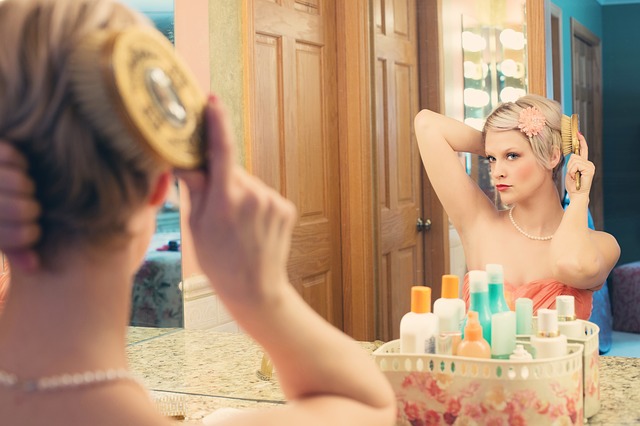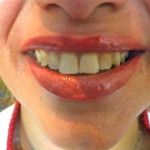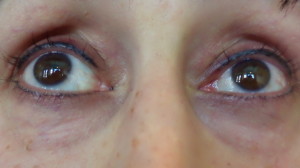Can you imagine looking good every morning when you roll out of bed? Believe it or not you COULD wake up with your make up all ready to go with the assistance of PERMANENT MAKEUP.
Often people will ask me, is permanent makeup like a tattoo? The answer is: No. It is a tattoo! While the medium between body tattoos makeup differs (ink vs. pigment), the application is the same.
Permanent makeup, also known as cosmetic tattoo, permanent cosmetics or micropigmentation, has a long history within the beauty industry. Tattoo is the method of implanting pigment into the dermis to change the skin colour. It comes from the Samoan word “tatau” which translates to mean “correct” or “workmanlike”. In the West, the word translates to mean pricking, painting, or staining.
Permanent makeup made it’s first appearance in the 1930’s when British tattoo artist George Burchett offered a “complexion treatment” by injecting vegetable dye under the top layer of the skin to enhance and darken eyebrows.
Over 85 years later permanent makeup is still used to enhance eyebrows, eyeliner and lip liner and has advanced to include paramedical treatments such as scar camouflaging, mastectomy tattoo or areola reconstruction, implanting colour to camouflage the effects of vitiligo and to recreate hair on scalp due to alopecia, chemotherapy, or a genetic disorder.
Pigment is implanted into the skin’s dermis with a fine needle. The pigment activates the body’s immune system’ phagocytes – cells which surround the pigment. As skin heals, the skin sheds and the pigment goes deeper into the granulosum layer of the skin and pigment is trapped within the fibroblasts. Initially the pigment appears darker but as skin heals the pigment becomes more natural as the damaged skin sheds and is replaced by new epidermal cells
Done properly, the effects of permanent makeup will provide long term results, unlike topical makeup, which is removed with a daily cleanser and water. And as there are many different techniques for topical makeup application, there are several techniques to create a natural, permanent look. A “powdery” fill when there is hair but client wants to enhance brow, hair strokes when eyebrow hair has disappeared and client would like to simulate the appearance of hair and “lash enhancement” where a thin eyeliner tattoo is used to enhance and define the shape of the eye without having it look made-up.
The life span of permanent makeup is influenced by many factors: skin chemistry, exposure to sun, skin care products, lifestyle (gardening, swimming) and may requires touch-ups from time to time to keep the permanent makeup looking its best.
While permanent makeup seems fairly harmless, there are health risks associated with the procedure just like another other invasive beauty modification or body tattoo. There is the risk of infection via blood-borne pathogens (hepatitis, HIV, tetanus, staph) or you may have an allergic reaction to the pigment. It is advised to ensure the permanent makeup technician operates in a sterile environment and uses sterilized equipment and single use needles. Your technician might perform a patch test of the pigment in an inconspicuous area to determine whether you have any allergic reaction to the pigment.
Seek out certified permanent makeup artists who are technicians qualified by an accredited permanent makeup school and ask for a consultation first to ensure you get the look you want. After all, it’s permanent!
To receive similar content, “Like” us on Facebook @ https://www.facebook.com/niagarabuzz.ca











